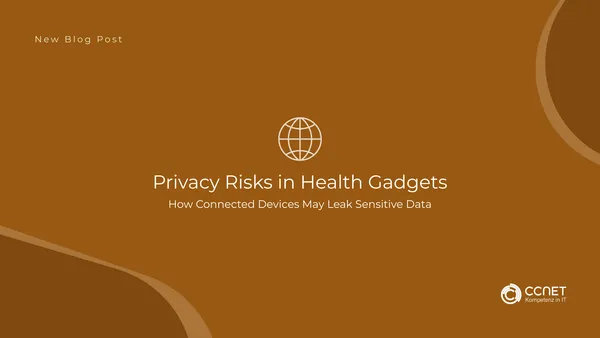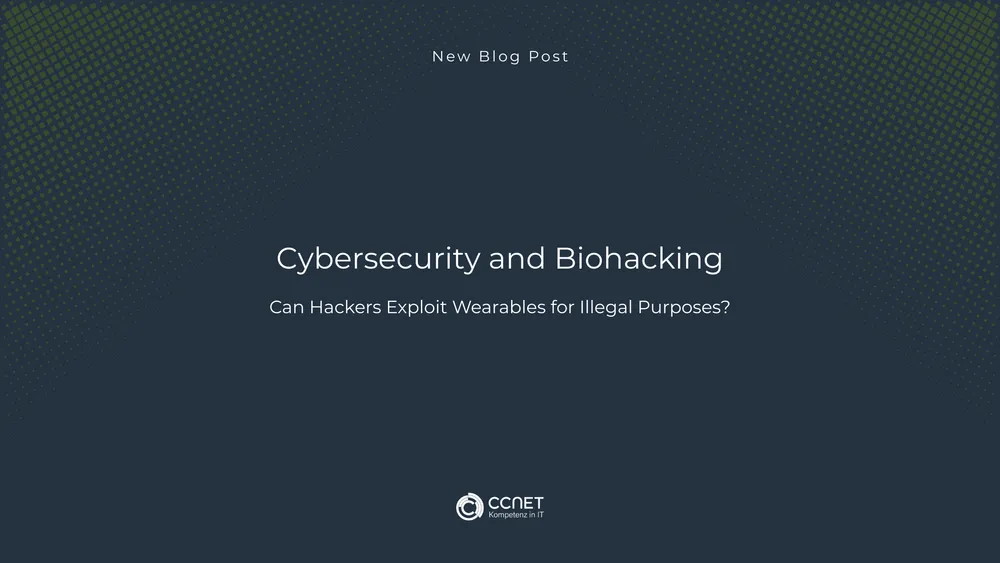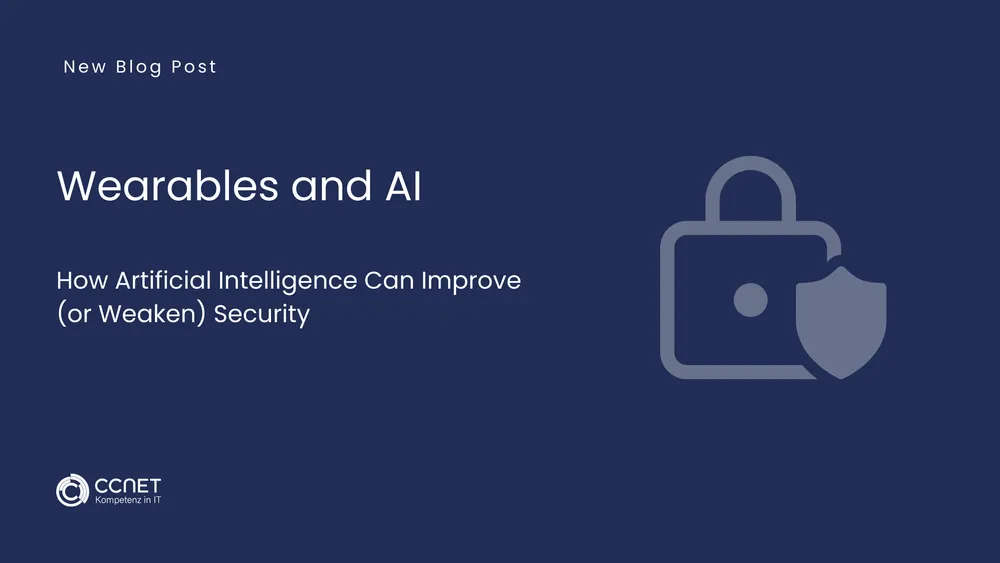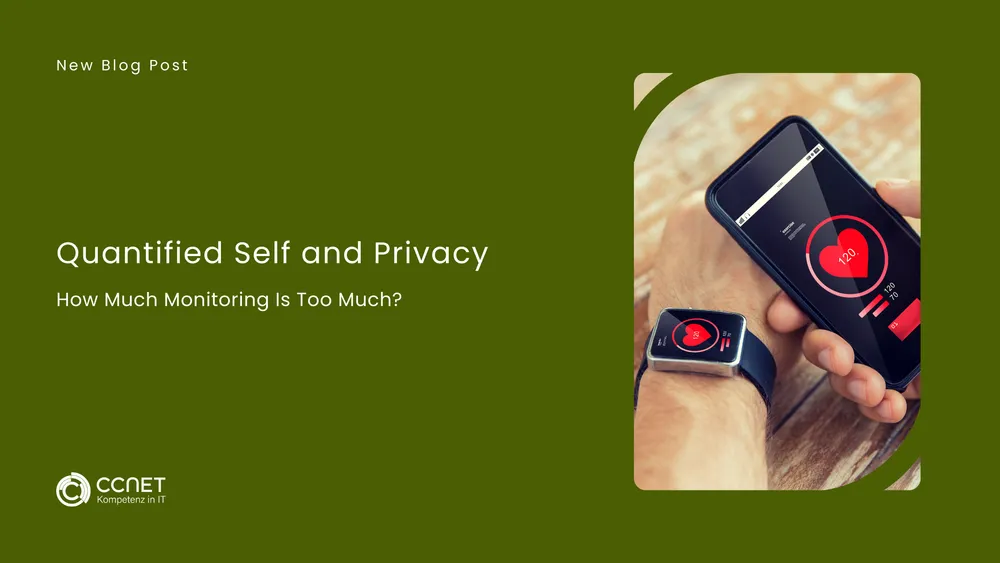
CCNet
Jun 18, 2025 • 2 min read

Privacy Risks in Health Gadgets: How connected Devices may leak sensitive Data
Medical wearables enable continuous collection and processing of health data. While the associated digital connectivity offers many benefits, it also poses significant privacy risks. If personal health information is not adequately protected, it can fall into the wrong hands—with potentially serious consequences for those affected. This article analyzes how wearables expose personal data and what protective measures are necessary.
1. What Personal Data Do Wearables Collect?
Modern wearables gather a wide range of sensitive information:
- Heart rate, blood oxygen, and blood pressure
- Sleep patterns and activity levels
- Location data and movement profiles
- Health status and medical history
- Individual routines and behavioral patterns
This data is highly sensitive because it provides deep insights into a user’s health and behavior. If accessed by unauthorized parties, it can be misused for targeted advertising, insurance decisions, or even identity theft.
2. How Is Health Data Exposed?
a) Insecure Data Transmission
Many wearables transmit data unencrypted or use weak encryption methods. Attackers can intercept and read this data traffic.
b) Storage in Insecure Cloud Services
Wearable data is often stored in cloud environments that may not meet the highest security standards. Lack of encryption or poor access controls can allow third parties to access personal health information.
c) Opaque Privacy Policies and Data Sharing
Many manufacturers share health data with third parties—often without users being fully aware. Companies may analyze this data for advertising purposes or sell it to other organizations.
d) Outdated or Insecure Software
Missing security updates or vulnerable interfaces increase the risk of data breaches and attacks by cybercriminals.
3. Protective Measures for Securing Health Data
To guard against data misuse, both users and organizations should implement the following measures:
- Use End-to-End Encryption: All data transfers should be encrypted to prevent eavesdropping.
- Choose Privacy-Friendly Settings: Users should carefully check which data they share and what permissions apps receive.
- Apply Regular Security Updates: Devices should always be kept up to date to close known security gaps.
- Practice Data Minimization: Wearables should only collect and process the data that is strictly necessary.
- Choose Vendors Carefully: Preference should be given to manufacturers with clear privacy policies and transparent data practices.
Conclusion: Privacy Must Be a Priority
The growing use of wearables for health monitoring brings significant privacy risks. Users must be aware of what data they are sharing and take appropriate protective steps. At the same time, manufacturers must ensure that privacy and security are embedded into the design and development from the very beginning.
In the next article, we’ll explore another critical topic:
“Data Protection and GDPR – Are Medical Wearables Compliant?”
FAQ about wearables
Why are third-party integrations in wearables problematic?
Because users often lack visibility into which health data is shared, how it is processed, and whether the services meet sufficient security standards.
What is the danger of automatic data synchronization?
Health data may be stored in insecure databases when users unknowingly agree to hidden permissions in the terms of service.
How do third parties commercially exploit health data?
Some providers use the information for targeted advertising or sell it to other companies without informing users.
What risks come from security flaws in external services?
Poorly secured systems can be hacked, resulting in the large-scale exposure of sensitive health information.
What protective measures should users take?
Review privacy policies, limit unnecessary permissions, choose privacy-friendly alternatives, and ensure encryption and strict access controls.
What responsibilities do companies and manufacturers have?
They must conduct regular security audits, secure APIs, and ensure transparency in how health data is used.


